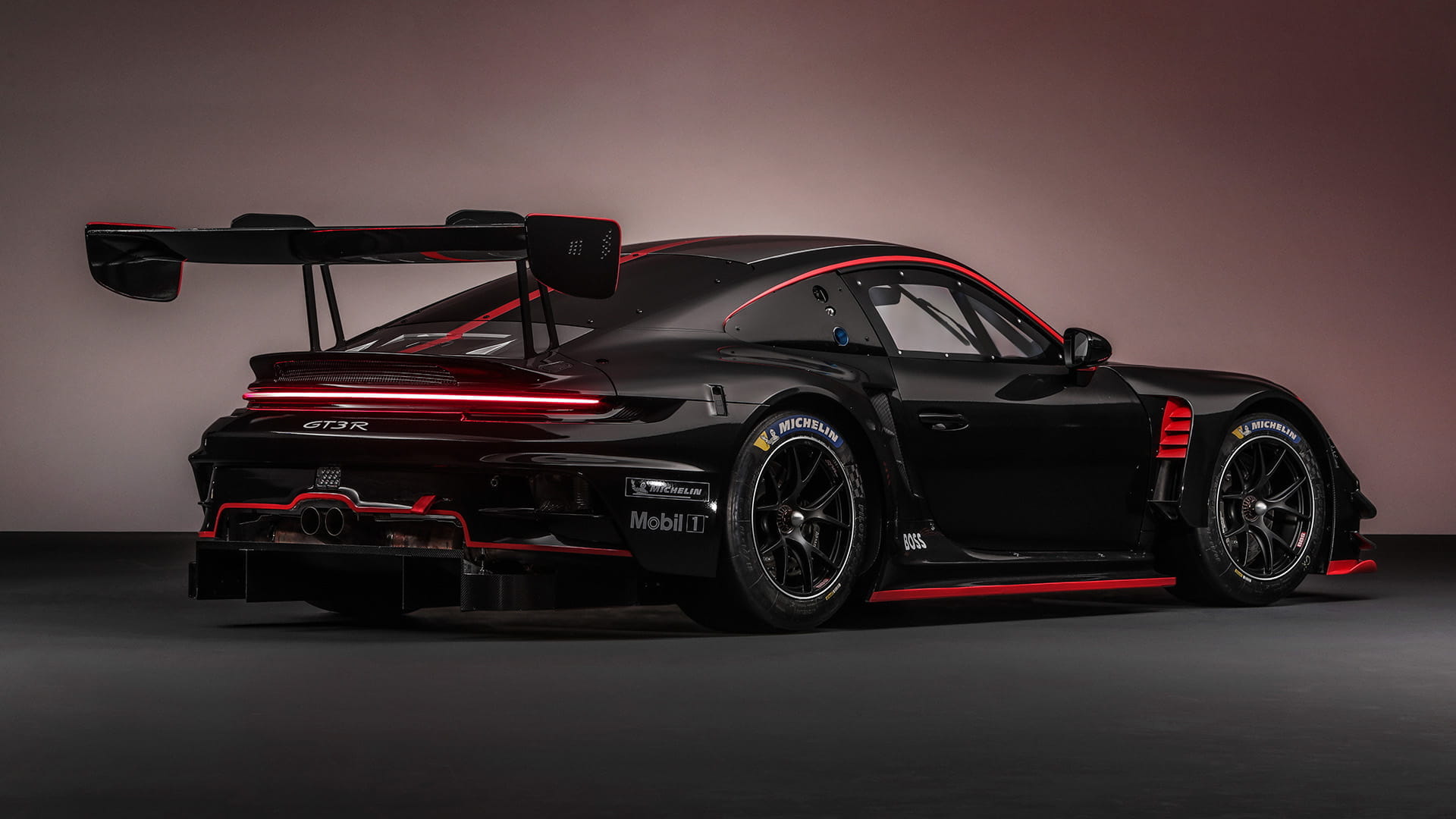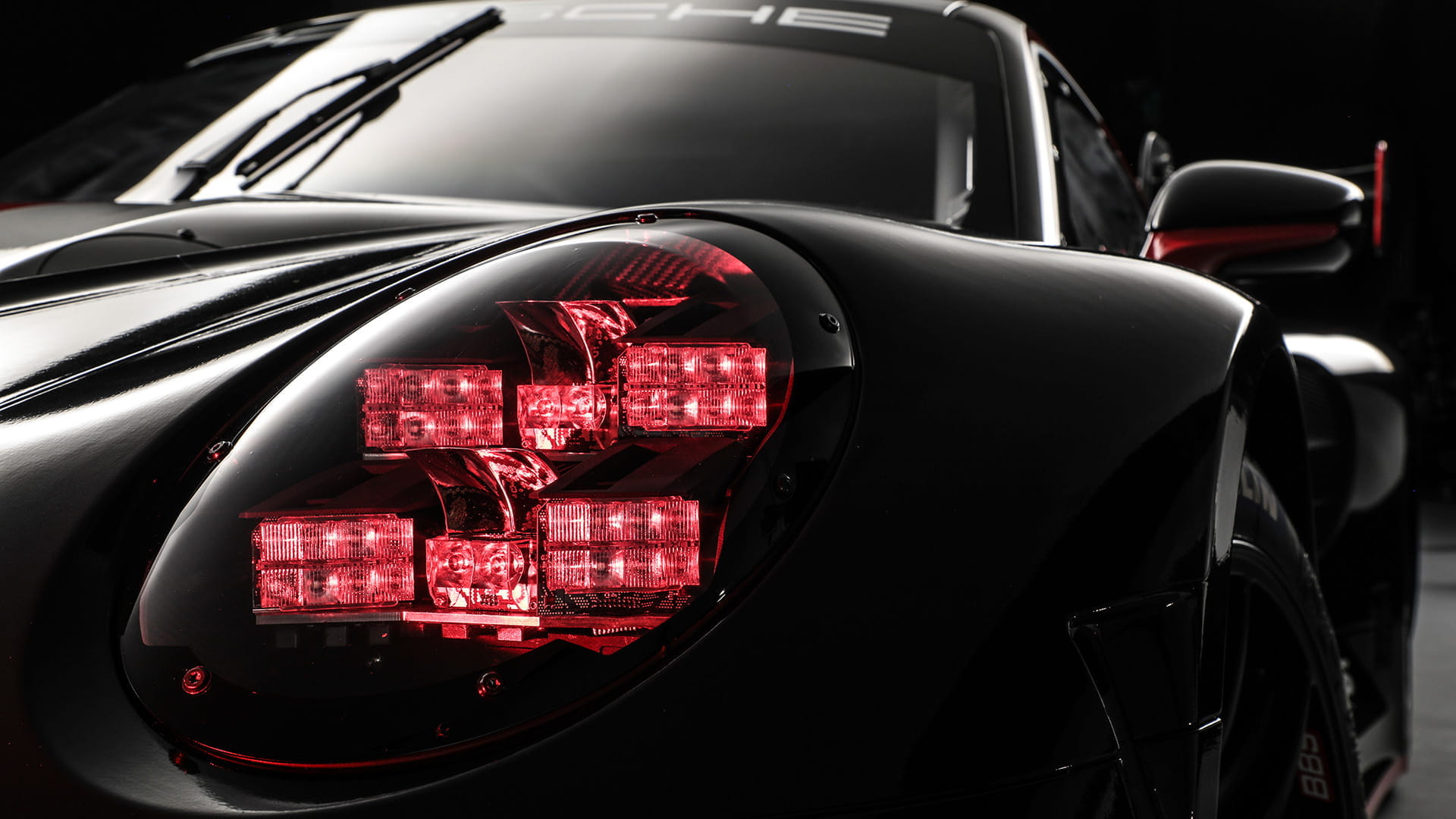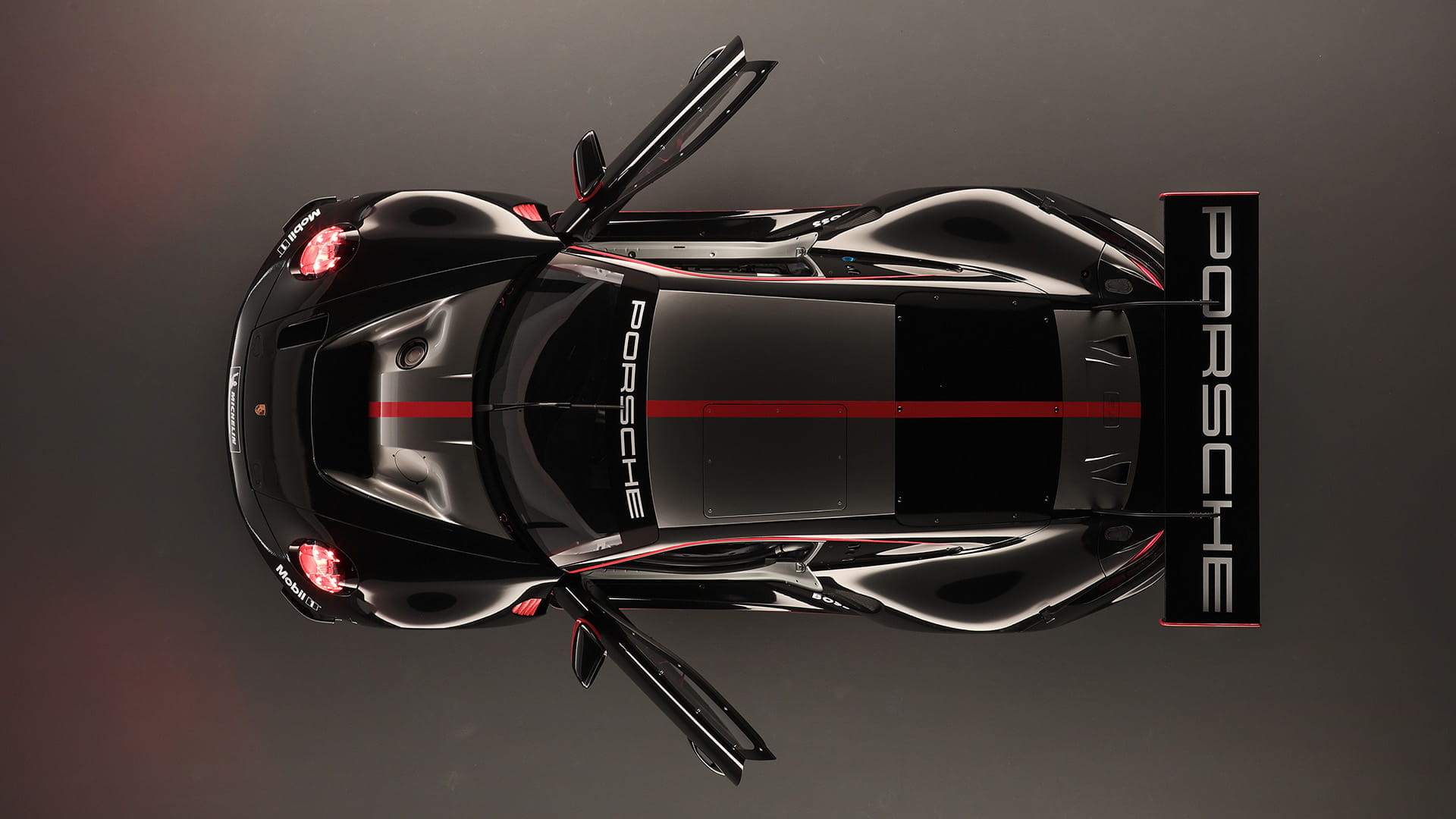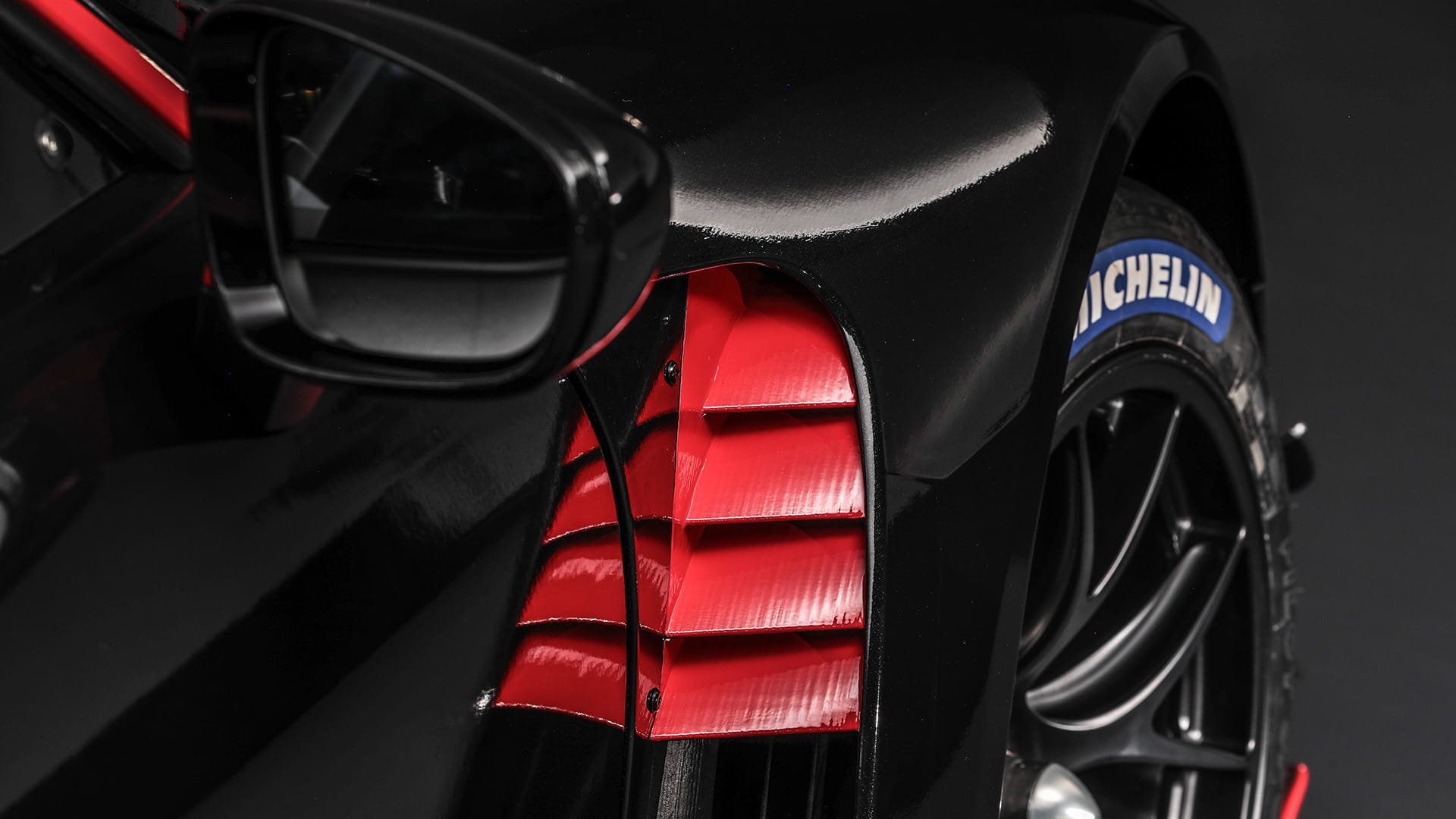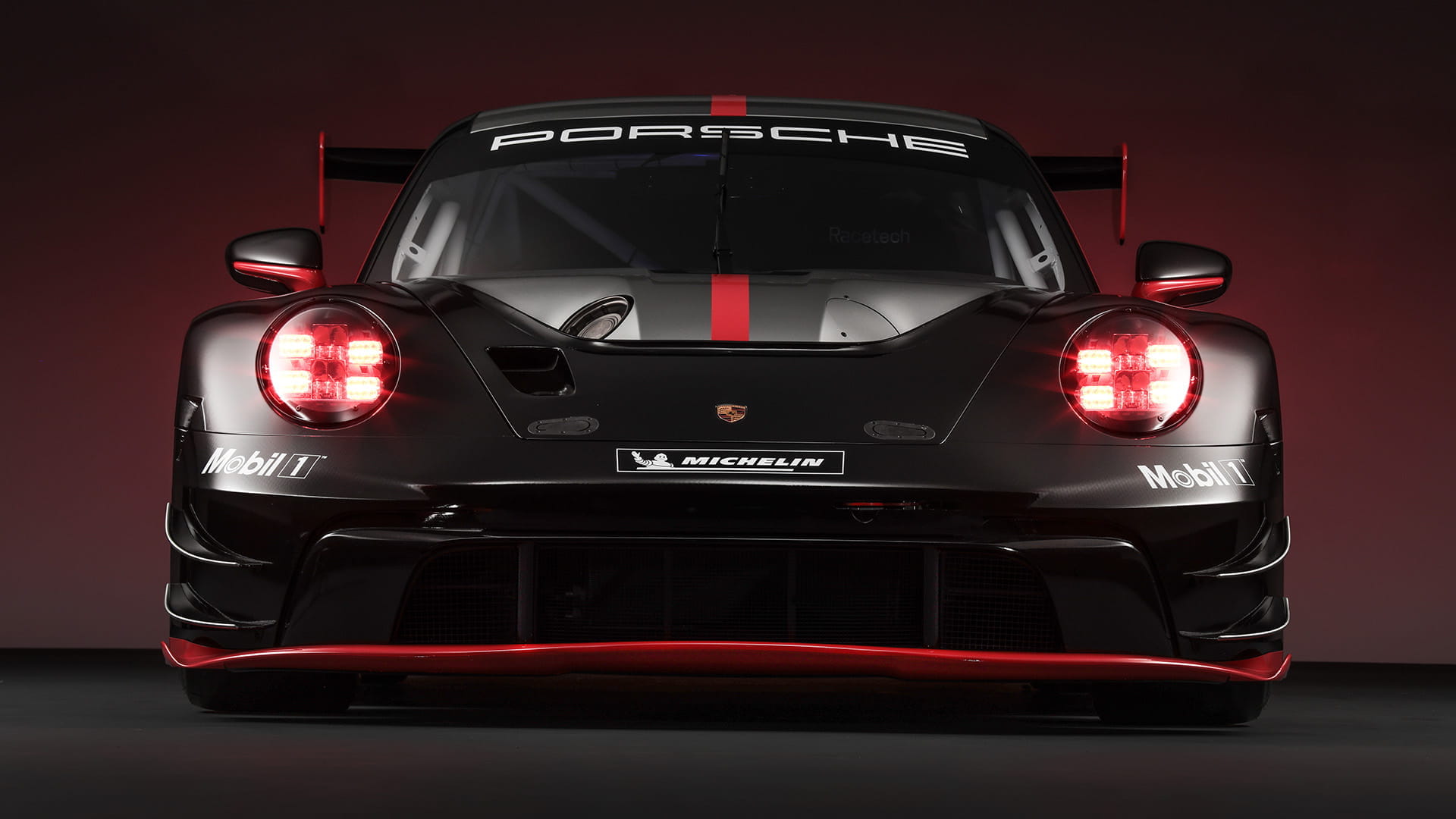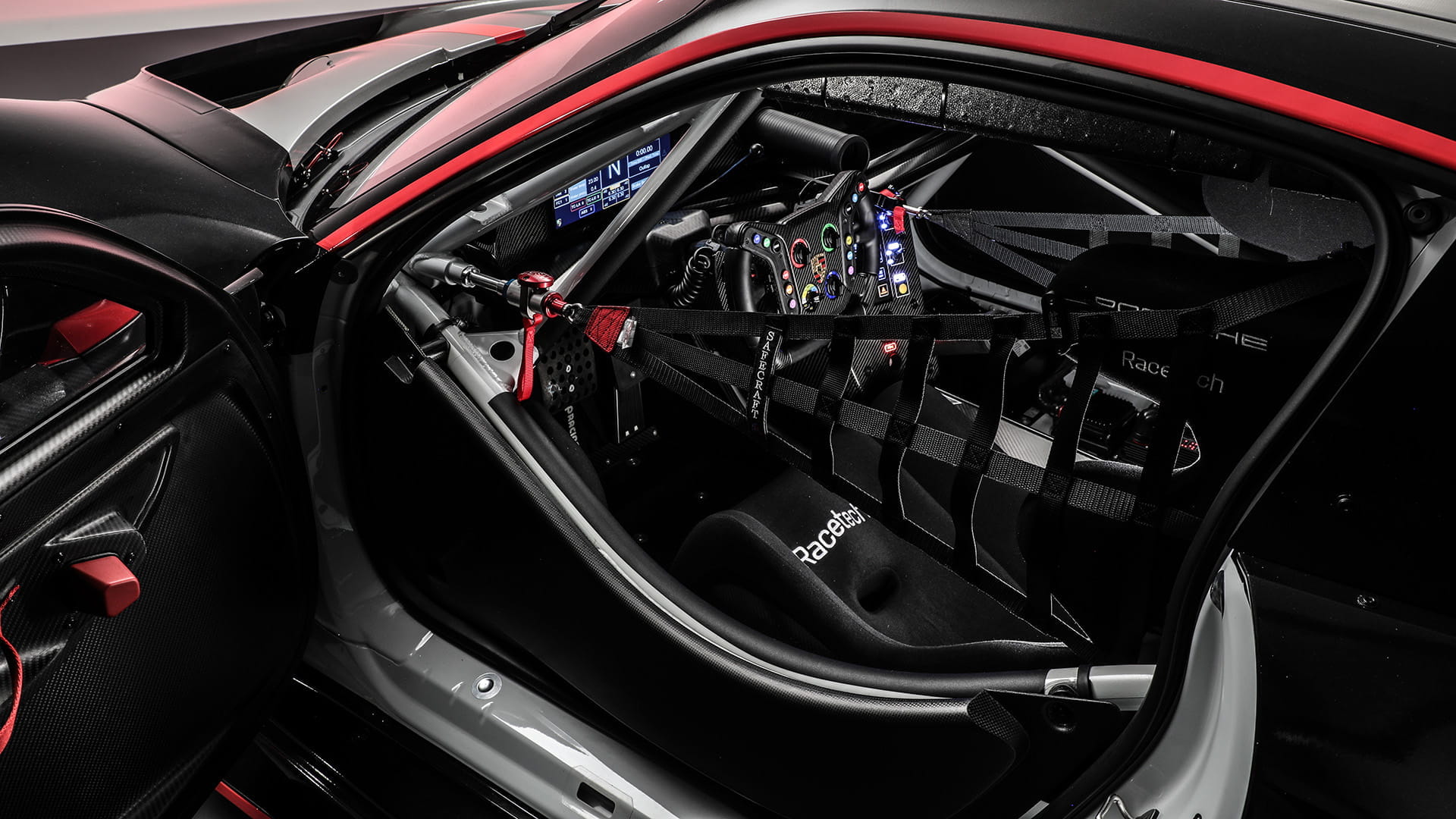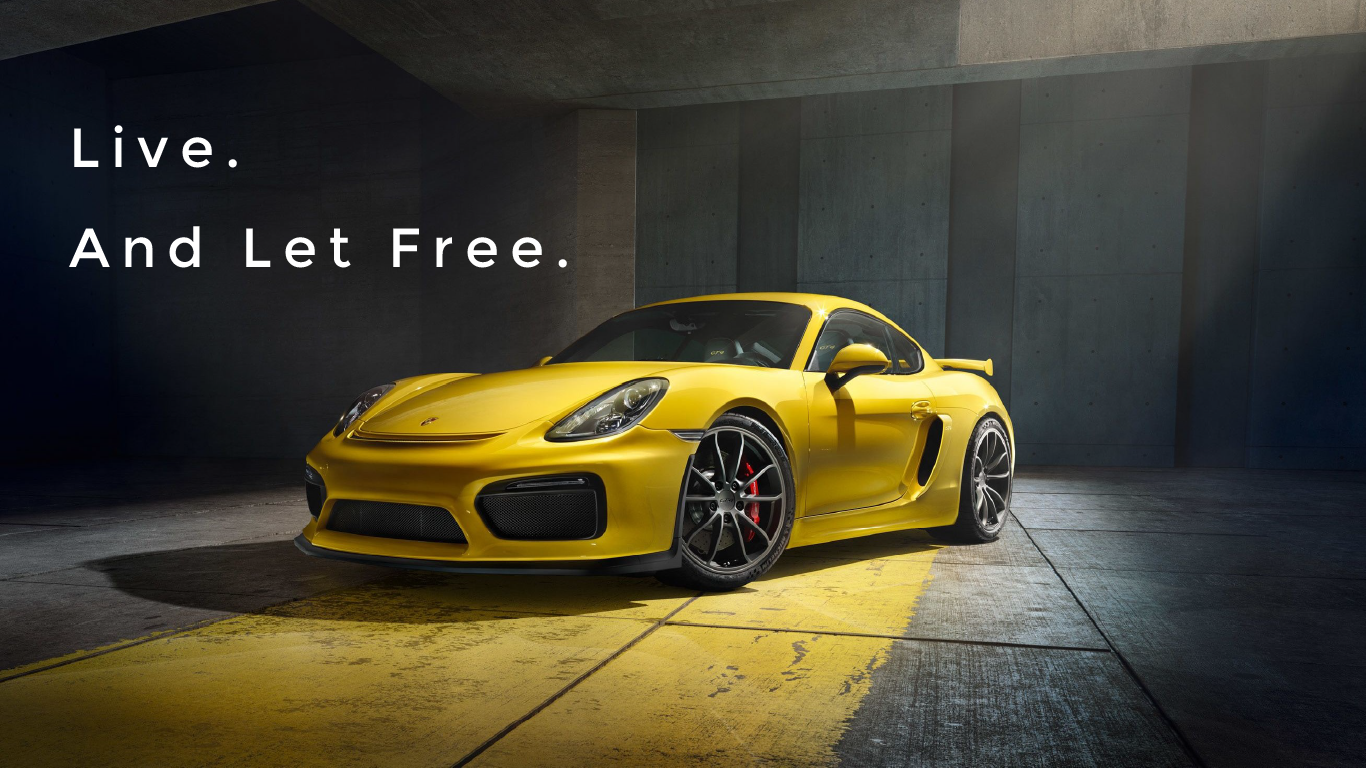

" This is the 911 , perhaps it needs no introduction .The myth, the legend, the epitome of mankind's engineering prowess, yes, this is the Porsche 911. The car which has made history and propelled Porsche to it's peak, yes, this is THE 911 ! "
Perhaps the most famous sports car in the world today, the Porsche 911 was not initially regarded as the “gold standard” of sports cars. That’s not to say that the car was ill-received. In fact, when showcased at the Frankfurt Auto Show under the model Type 901, it was considered a triumph in design. The challenges facing the 911 was that it was the successor to the wildly popular Porsche 356 (pre-A, A-C), and, because it was considerably more expensive than its predecessor, it took some time for the car to establish itself for the performance machine it is recognized for today. The Porsche 911 started its life as Porsche Type 901. It traces its roots directly back to sketches drawn by Ferry’s son Ferdinand Alexander Porsche. From its inception, the Porsche 911 was developed to be a more powerful, larger, more comfortable replacement for the Porsche 356.
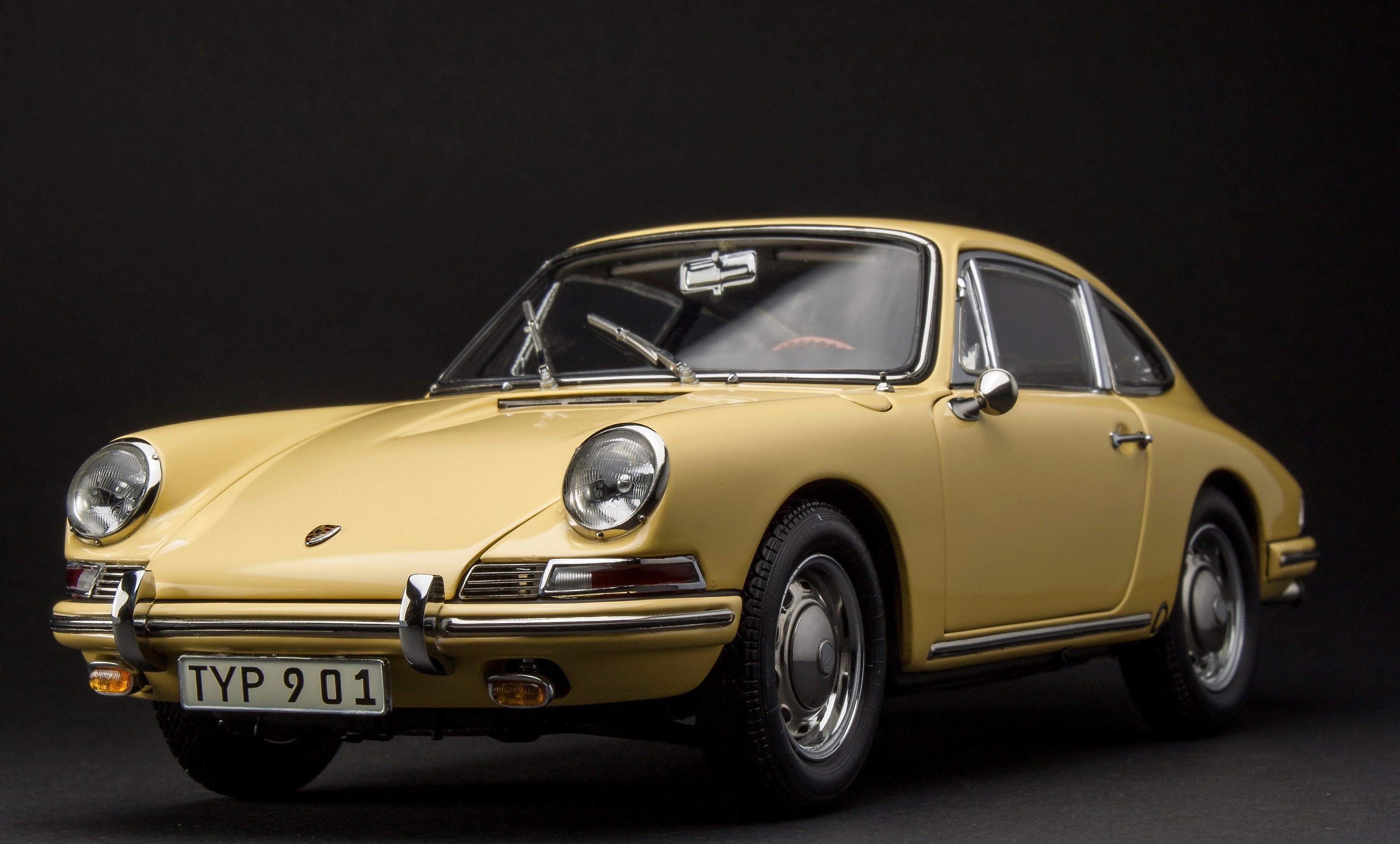 The Porsche 911 was developed with the proof-of-concept Type 745 engine – a boxer six-cylinder, twin-cam, overhead-valve engine. However, early Dyno results weren’t as promising as Porsche had hoped. The engine was only capable of 120 horsepower. To bolster performance, the engine was reworked to a 2.2L engine to achieve the desired engine output of 130 horsepower, but compromises had to be made that included utilizing long, flexible pushrods that put competition-grade power out of reach with the OHV six-cylinder. After driving an early 911 equipped with the 745-powered T7 engine (as it was officially classified), Ferry Porsche reportedly banned further development of new pushrod engines.
The Porsche 911 was developed with the proof-of-concept Type 745 engine – a boxer six-cylinder, twin-cam, overhead-valve engine. However, early Dyno results weren’t as promising as Porsche had hoped. The engine was only capable of 120 horsepower. To bolster performance, the engine was reworked to a 2.2L engine to achieve the desired engine output of 130 horsepower, but compromises had to be made that included utilizing long, flexible pushrods that put competition-grade power out of reach with the OHV six-cylinder. After driving an early 911 equipped with the 745-powered T7 engine (as it was officially classified), Ferry Porsche reportedly banned further development of new pushrod engines.
Instead, Ferry turned to Hans Mezger’s team to develop an overhead-cam variant of the flat-six engine. Mezger had worked under Fuhrmann straight out of university and had gained a great understanding of Fuhrmann’s approach to engine design. Over the next year, Mezger’s team would develop the boxer powerplant that would ultimately be used in the first iterations of the 911. By late 1963, the air-cooled Type 901/01 2.0L flat-six “boxer” engine was ready for production. Production of the Porsche 911 began in September 1964. The 1964 911 featured a four-seat configuration, although the rear seats were small – and considered too small to be used by anyone but a small child. As such, the car was designated as a “2+2” rather than a true four-seater.
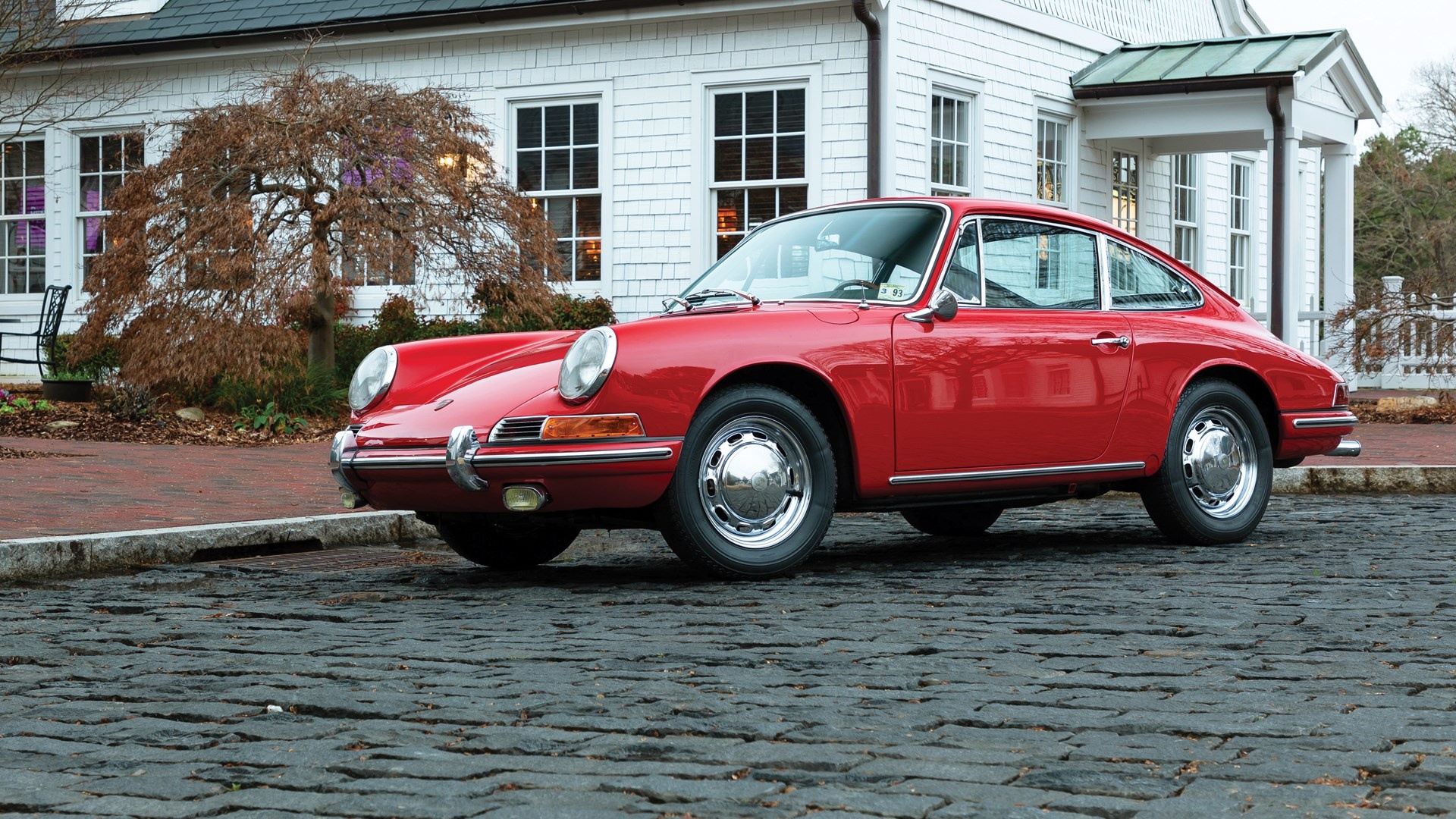 Porsche 911 came equipped with either a four- or five-speed manual “Type 901” transmission. The outward styling of the car maintained the conceptual elements originally drafted by Ferdinand Porsche, with many elements ultimately added by Erwin Komenda (who initially objected to Ferdinand’s involvement with the design). By the 1960’s, the popularity of the Porsche 356 had won over the hearts and imaginations of many Americans. While in its humble beginnings Porsche may have initially focused on developing its automobiles for a European market, a large focus was placed on marketing the 911 to the United States. Left-hand drive Porsche 911’s began production almost immediately and the first 911’s were marketed to the United States in February, 1965.
Porsche 911 came equipped with either a four- or five-speed manual “Type 901” transmission. The outward styling of the car maintained the conceptual elements originally drafted by Ferdinand Porsche, with many elements ultimately added by Erwin Komenda (who initially objected to Ferdinand’s involvement with the design). By the 1960’s, the popularity of the Porsche 356 had won over the hearts and imaginations of many Americans. While in its humble beginnings Porsche may have initially focused on developing its automobiles for a European market, a large focus was placed on marketing the 911 to the United States. Left-hand drive Porsche 911’s began production almost immediately and the first 911’s were marketed to the United States in February, 1965.
In 1966, Porsche introduced the more powerful 911S, which featured the Type 901/02 engine capable of producing 160 horsepower (120 kW/160 PS). Forged aluminum alloy wheels from Fuchs, with a five-spoke design, were offered for the first time.
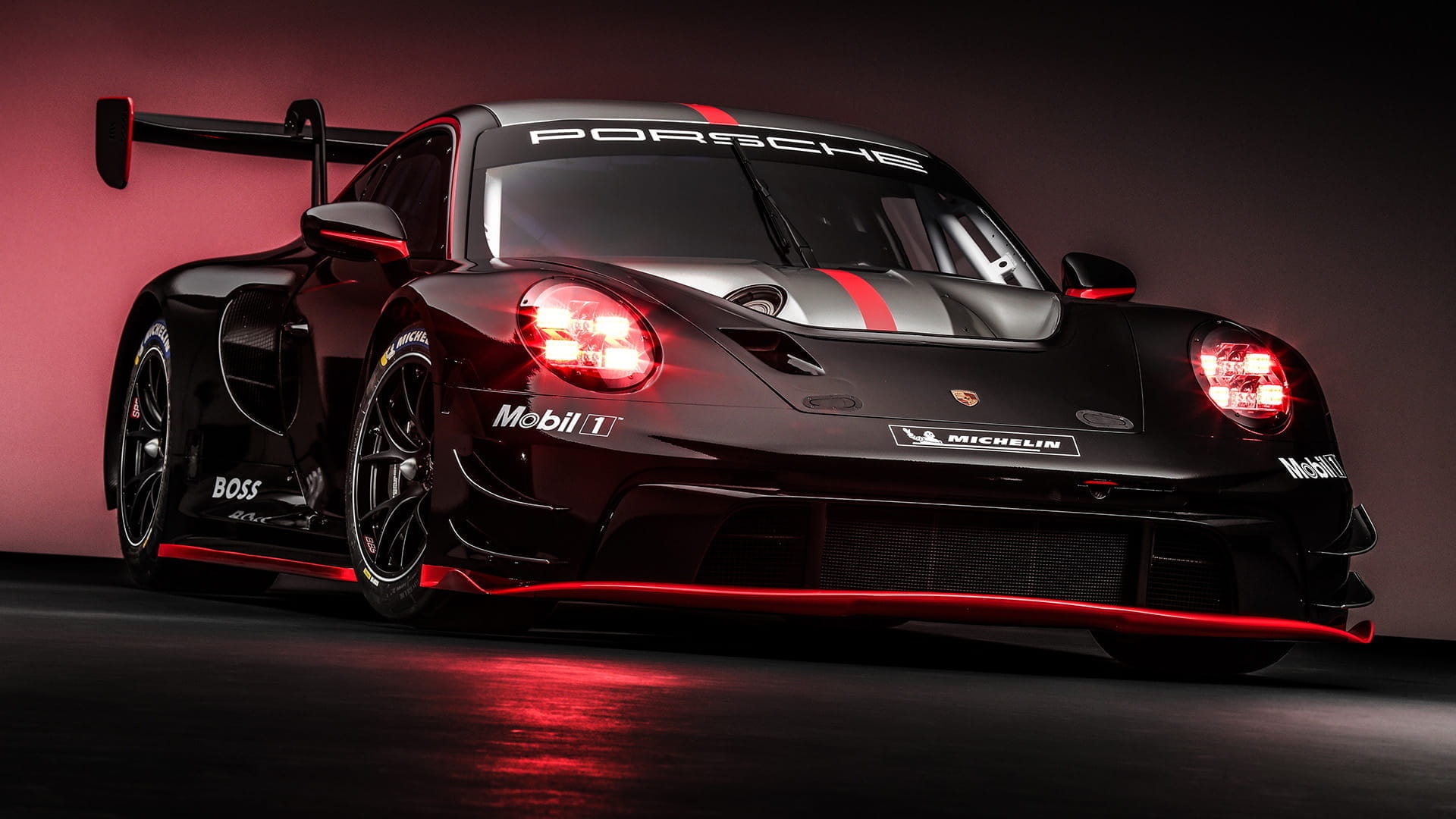
With the new 911 GT3 R, Porsche begins another chapter in its success story. The youngest generation of the 911 GT3 R enters the track as a new challenger: For worldwide GT3 series, for motorsport enthusiasts and for everyone who loves a challenge. They all can expect more aerodynamics, performance and power – a genius advancement to achieving the perfect race car.
